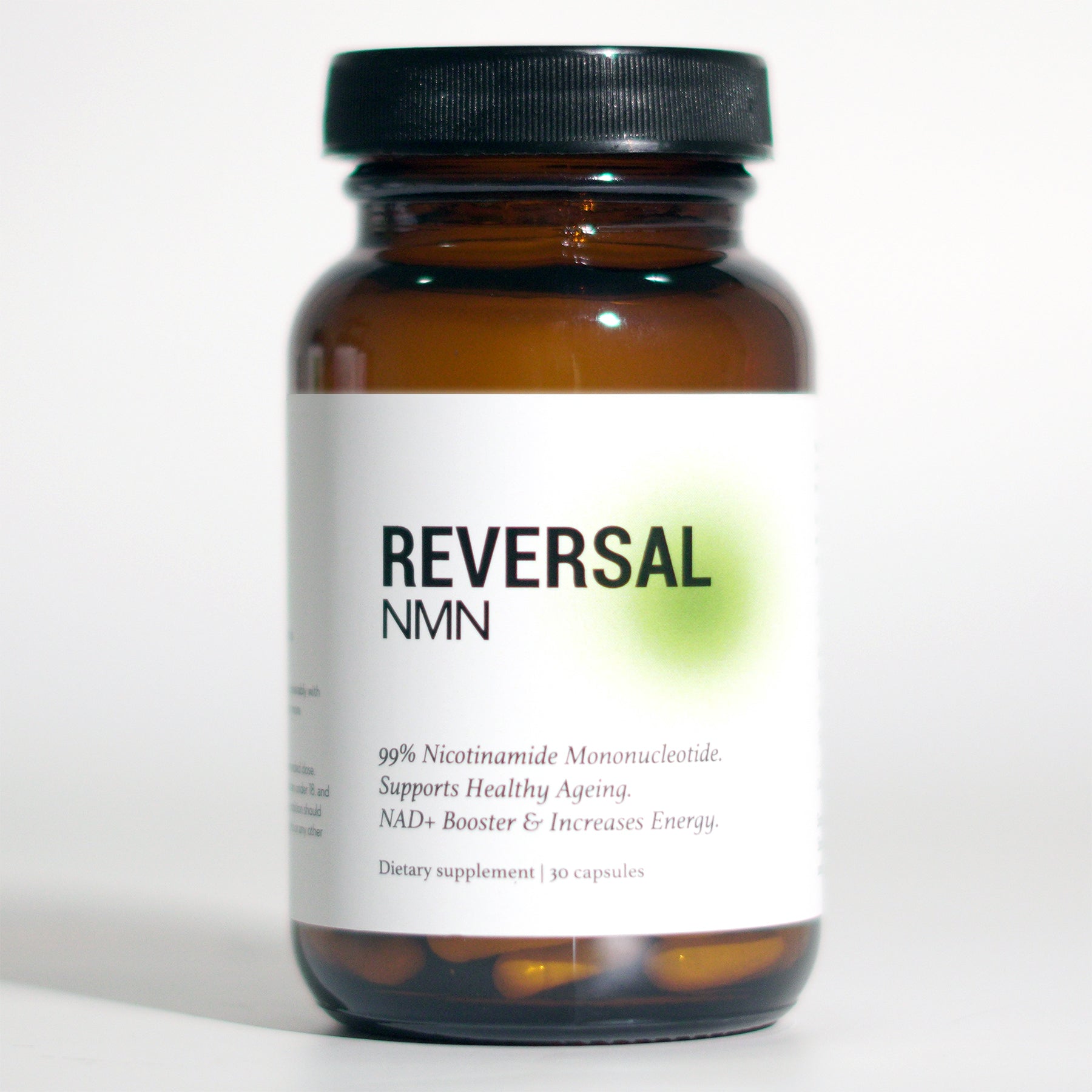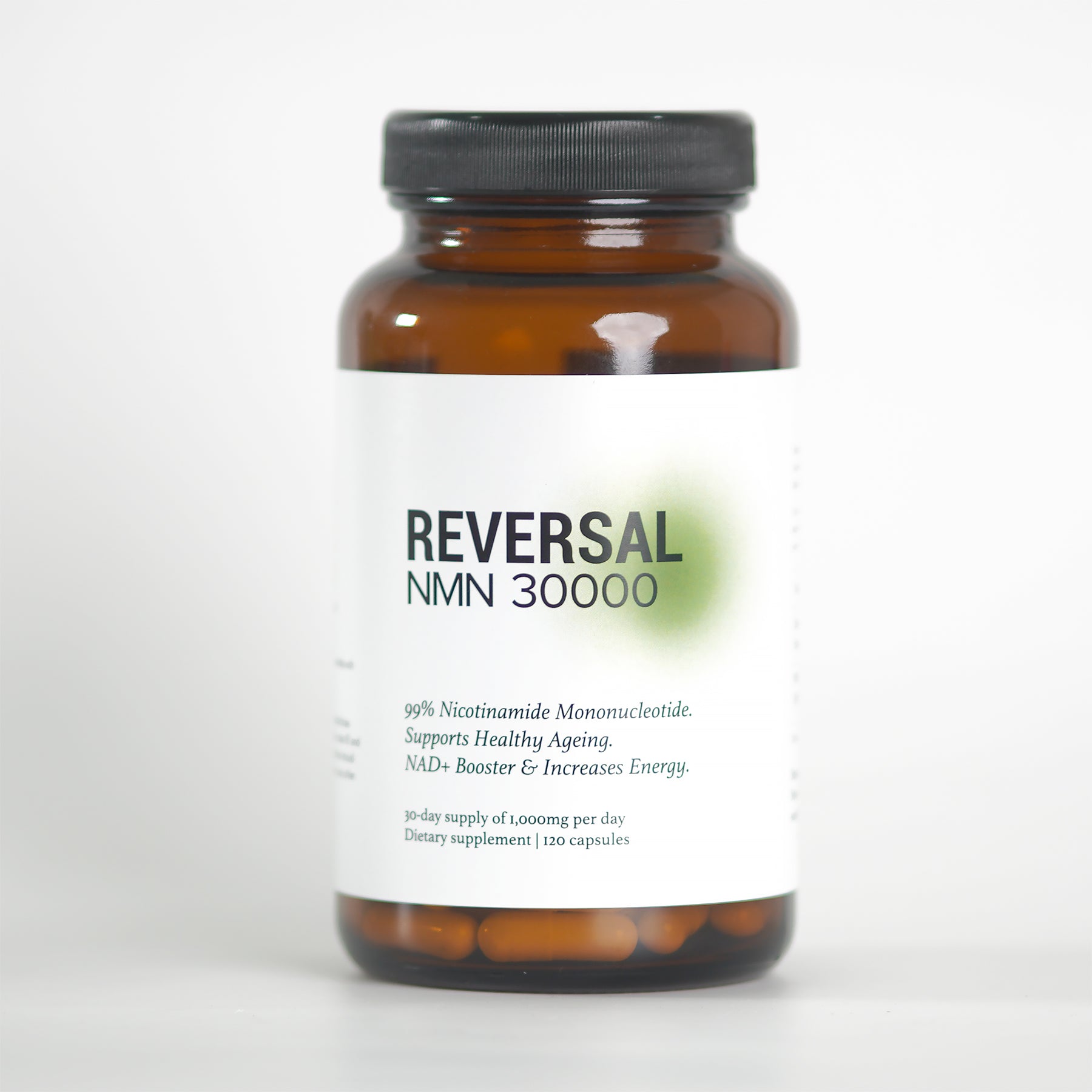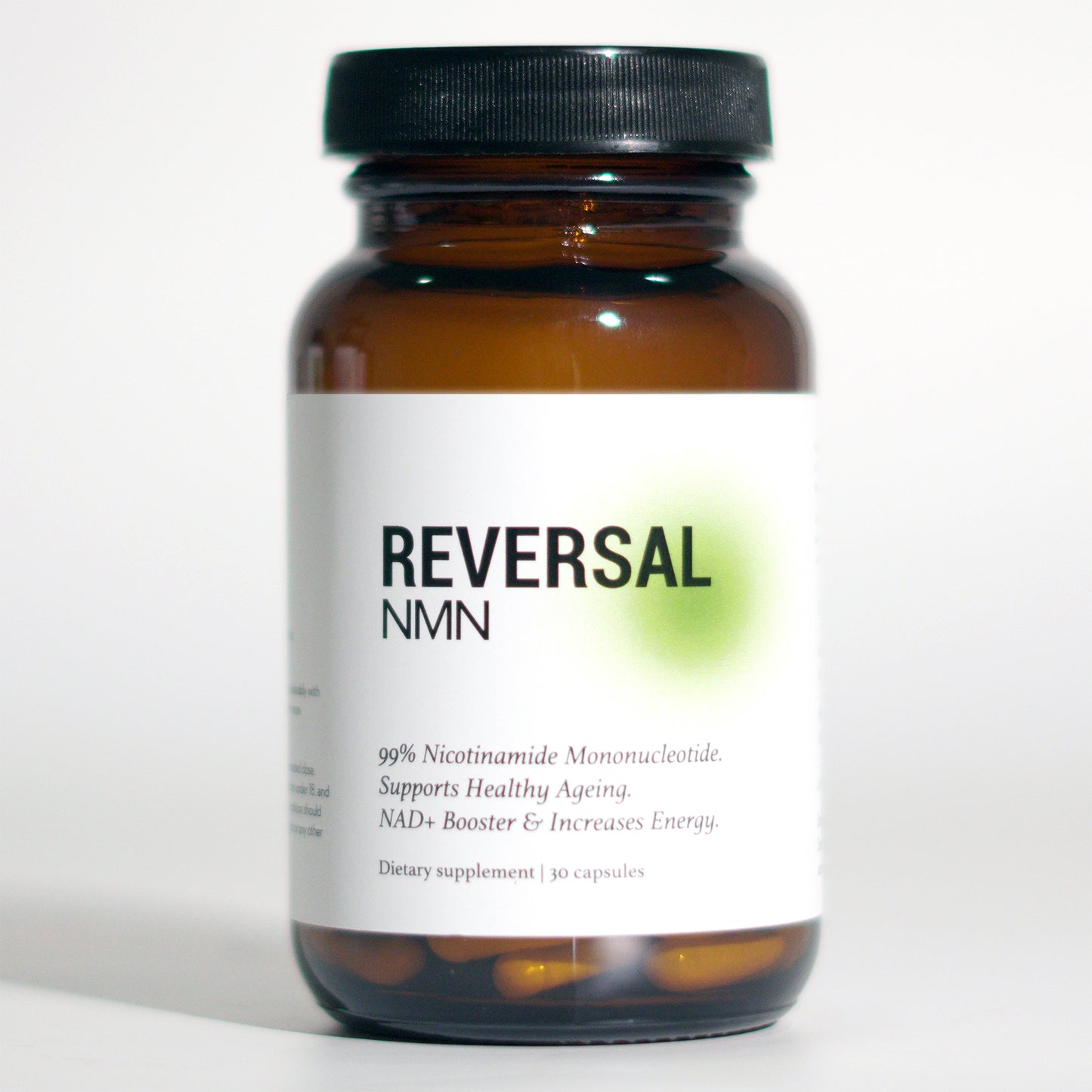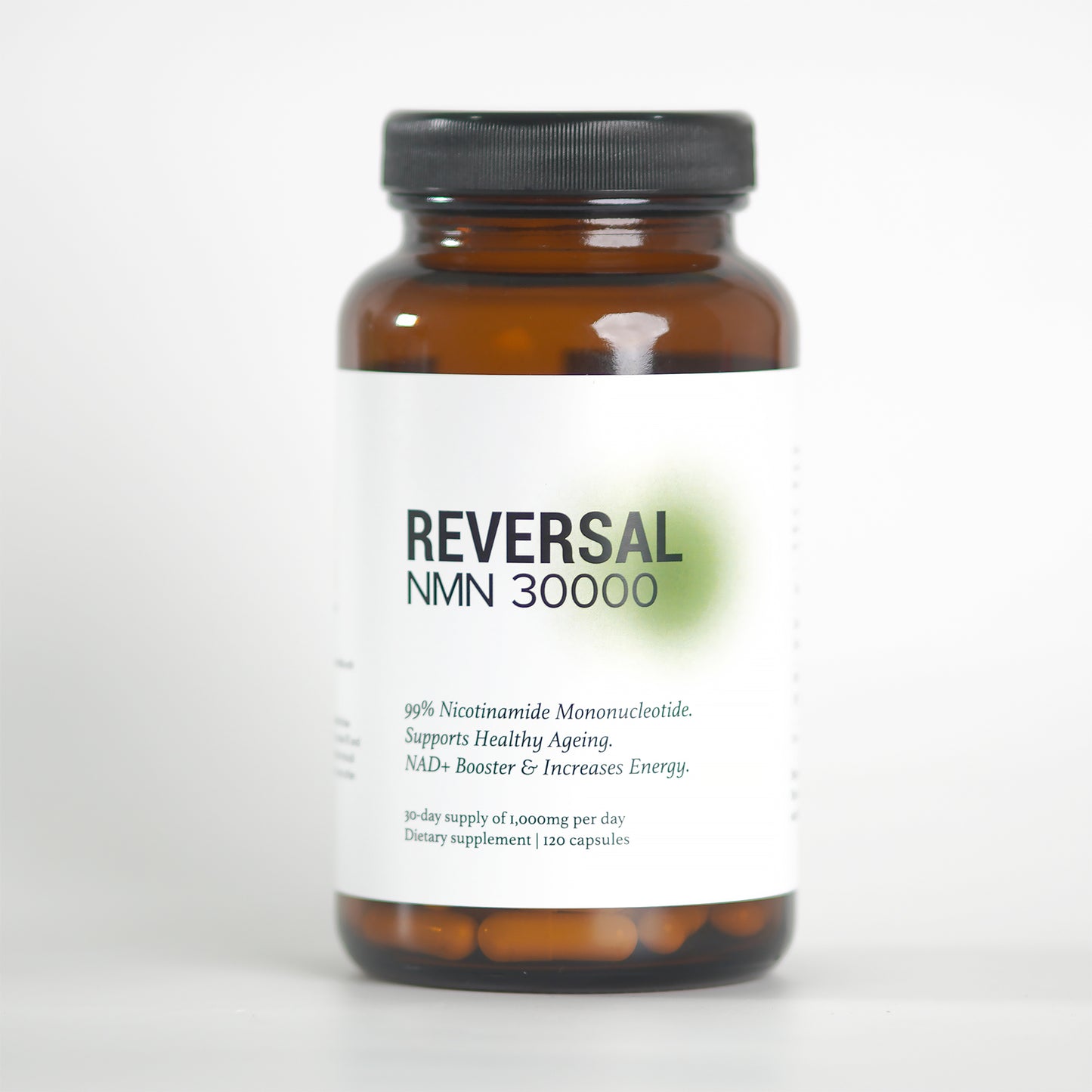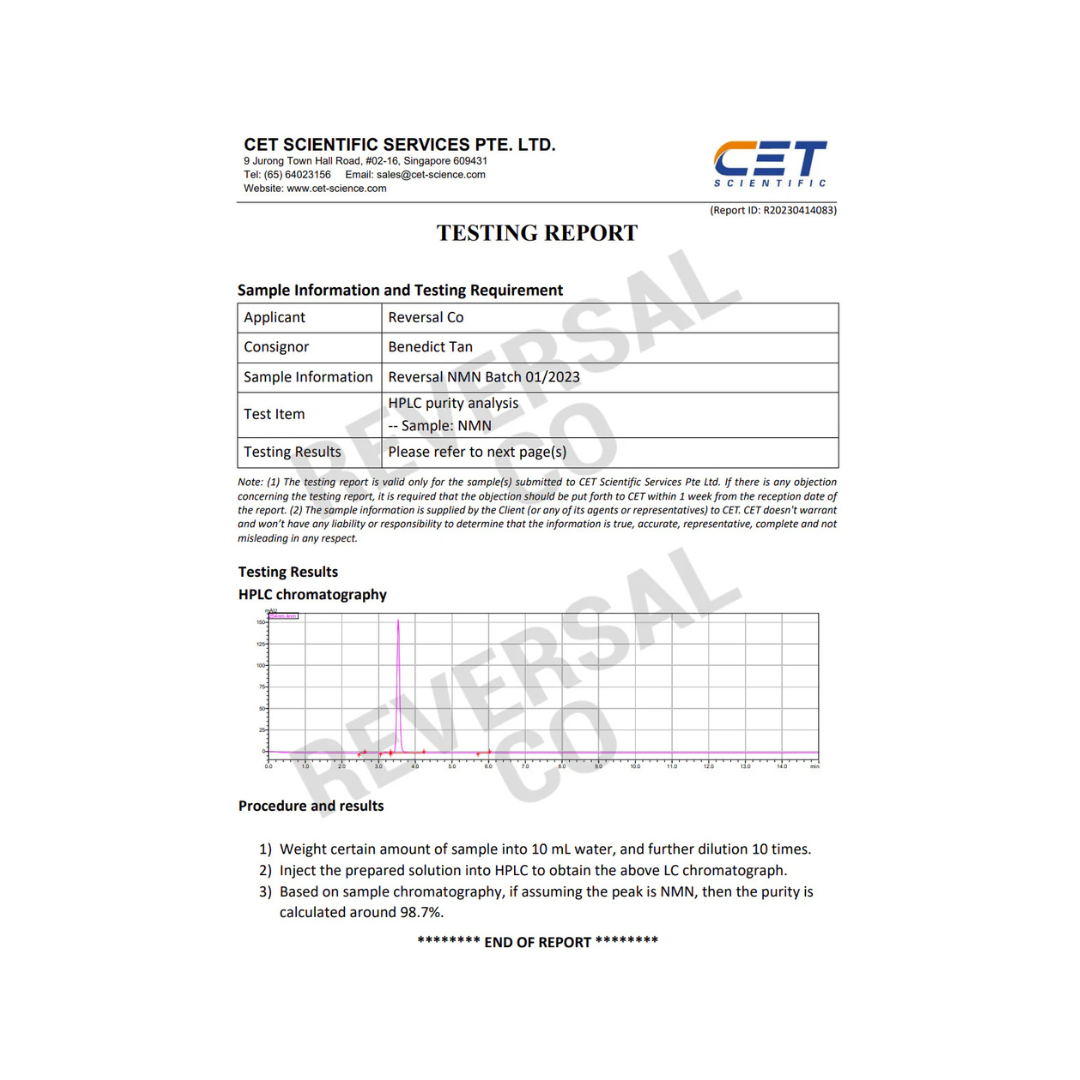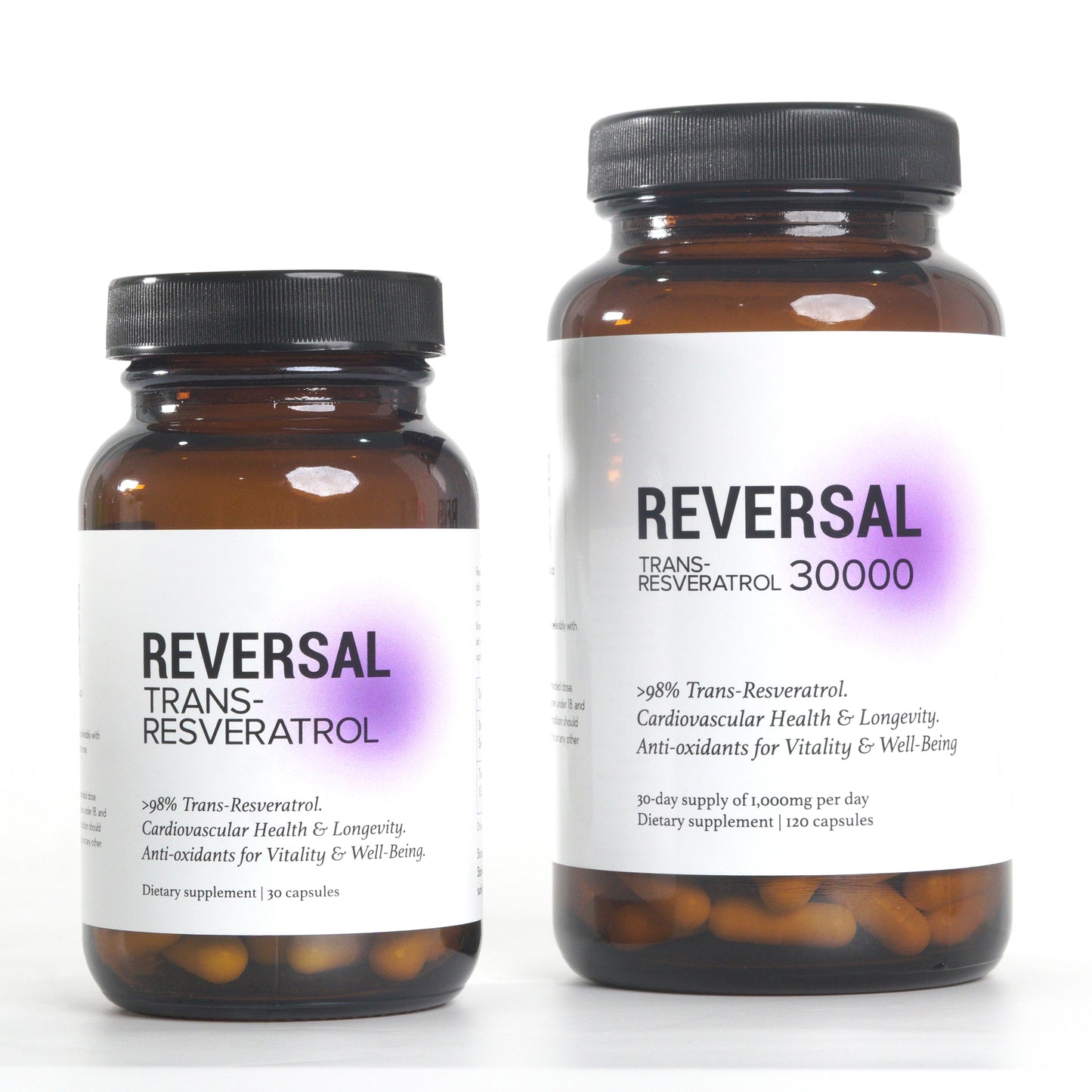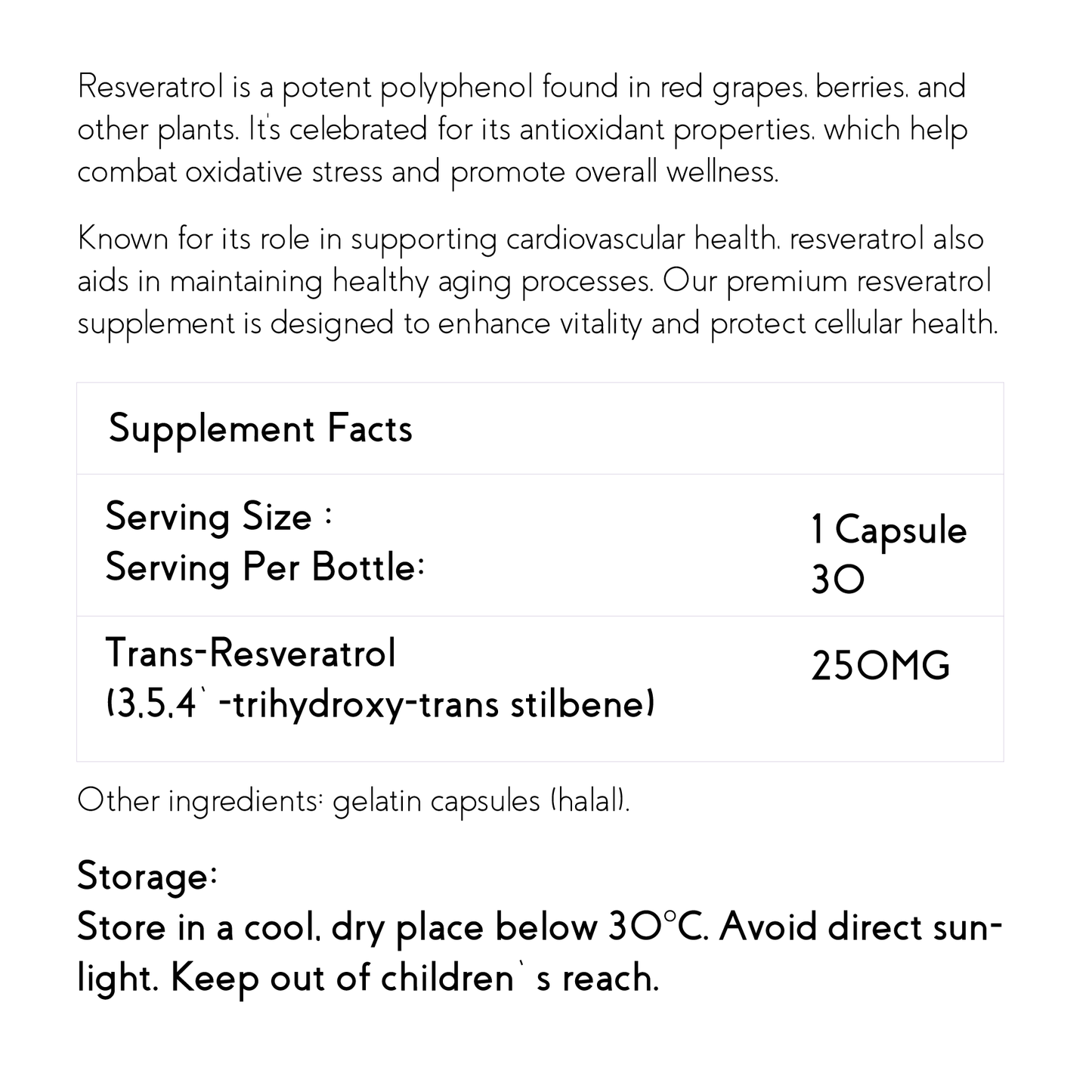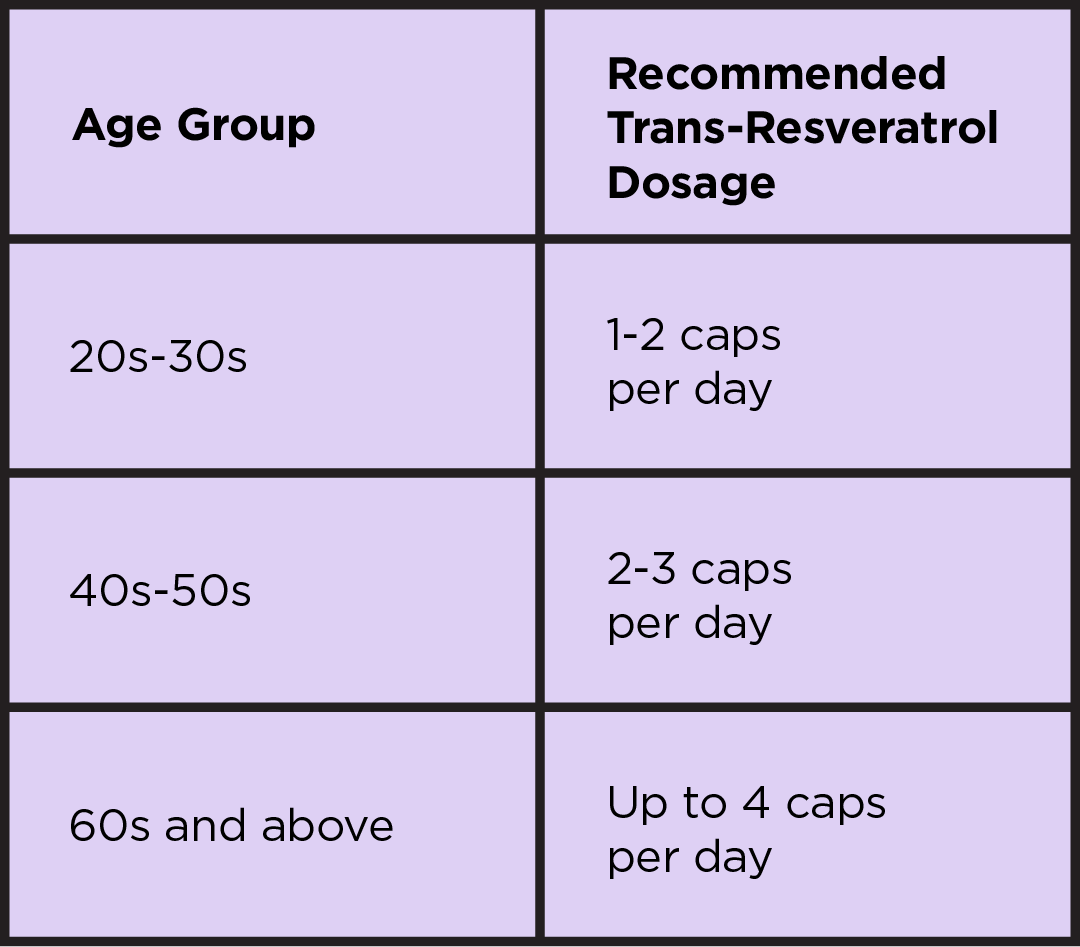Article: New Study Reveals Potential Treatment for Age-Related Macular Degeneration
Introduction: Age-related macular degeneration (AMD) is a leading cause of irreversible blindness in the elderly population. One of the main risk factors for AMD is aging, which leads to the accumulation of senescent cells. Senescent cells are cells that have undergone irreversible growth arrest and contribute to age-related diseases. In a recent study, researchers investigated the role of senescence in AMD and found a potential treatment option that could help mitigate the disease.
Senescence and NaIO3 as a model for dry AMD:
Senescent cells have lower levels of cellular NAD+ (nicotinamide adenine dinucleotide) and are involved in age-related diseases, including AMD. Sodium iodate (NaIO3) is commonly used to model dry AMD, and previous studies have shown that it induces retinal tissue senescence. However, the exact mechanism behind NaIO3-induced retinal pigment epithelium (RPE) senescence remained unknown.
NaIO3-induced RPE senescence:
The study confirmed that NaIO3 can potentially induce RPE cell senescence. NaIO3 treatment increased the number of senescent cells and the levels of specific proteins associated with senescence, including p16 and p21. Senescent RPE cells also experienced oxidative stress, DNA damage, and mitochondrial dysfunction.
The role of NMN in RPE senescence:
The researchers investigated the effect of N-acetylcysteine (NAC), an antioxidant, and nicotinamide mononucleotide (NMN), a NAD+ precursor, on cellular senescence. They found that while NAC had minimal effects, NMN strongly improved RPE senescence by reducing DNA damage and maintaining mitochondrial function. The protective effects of NMN relied on undisturbed Sirt1 signaling, a key protein involved in cellular senescence regulation.
NMN treatment in mice and its effects:
In animal models, NMN treatment decreased the expression of senescence markers in RPE cells and reduced subretinal inflammatory cell infiltration. These findings suggest that RPE senescence induced by NaIO3 shares key features with AMD, and NMN may be a potential treatment option by restoring NAD+ levels in cells and tissues.
Conclusion:
The study highlights the role of cellular senescence in AMD and the potential of NMN as a treatment option. By replenishing NAD+ levels and improving mitochondrial function, NMN showed promising effects in reducing senescence and inflammation in the RPE cells. Further research is needed to fully understand the mechanisms involved and validate the findings in clinical settings.
Methods:
The study utilized various techniques and reagents to investigate the effects of NaIO3 treatment and NMN supplementation. These included cell culture, viability assays, staining, Western blot analysis, RNA extraction, immunofluorescent assays, and histological evaluation. Statistical analysis was performed using specialized software.
Data Availability and Funding:
The data used in the study is available upon request from the corresponding author, highlighting transparency and the opportunity for verification. The research was supported by the National Natural Science Foundation of China (NSFC) and the Fundamental Research Funds for the Central Universities.
Conflicts of Interest:
No conflicts of interest were declared by the authors.
Equal Contributions and Acknowledgments:
Both Chengda Ren and Chengyu Hu made equal contributions to the work and played crucial roles in the research. The study could not have been conducted without their contributions. The authors also acknowledge the support from the funding sources mentioned earlier.
Title of paper: Nicotinamide Mononucleotide Ameliorates Cellular Senescence and Inflammation Caused by Sodium Iodate in RPE
Author(s): Ren C, Hu C, Wu Y, Li T, Zou A, Yu D, Shen T, Cai W, Yu J.
Year published: 2022
Published in: Oxid Med Cell Longev
Original article can be found here.


